This post may contain affiliate links which means I may receive a commission for purchases made through links. I will only recommend products that I have personally used! Learn more on my Private Policy page.
As a kindergarten teacher, you may be feeling overwhelmed with the task of preparing report cards for your kids. Writing reports can be a daunting task, but it doesn’t have to be! In this blog post, we will provide an easy guide to creating report cards for kindergarteners. With just a few simple steps, you can quickly and easily create meaningful report cards that accurately reflect your students’ academic progress and growth. From setting up the layout to writing meaningful comments, we’ll cover everything you need to know about report cards for kindergarteners. So, let’s get started!
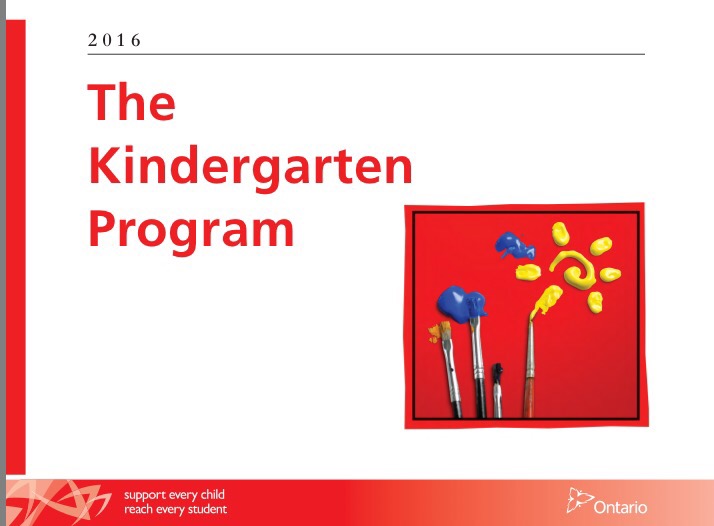
Why Report Cards Matter in Kindergarten
As a kindergarten teacher, you may be wondering why report cards matter for such young students. After all, they are just starting their educational journey and may not even understand what a report card is. However, report cards play a crucial role in assessing and communicating the progress of kindergarten kids.
First and foremost, report cards provide parents and guardians with valuable information about their child’s academic and social-emotional growth. By receiving a report card, parents can see how their child is progressing in key areas such as literacy, numeracy, social skills, and more. This information can help them better understand their child’s strengths and areas for improvement, and they can use it to support their child’s development.
Report cards also serve as a useful tool for kindergarten teachers. They help teachers to evaluate their students’ progress and identify areas where they may need to provide additional support. By tracking their students’ growth over time, teachers can adjust their teaching strategies to better meet the needs of each individual child.
In addition, report cards help to create accountability. They hold teachers, students, and parents accountable for their roles in the education process. For teachers, report cards provide a means of demonstrating their effectiveness and the impact of their teaching methods. For students, report cards show the results of their effort and hard work. And for parents, report cards provide a clear understanding of their child’s educational journey and how they can support them in reaching their full potential.
Overall, report cards matter in kindergarten because they provide a snapshot of each student’s progress and help to create a collaborative effort between parents, teachers, and students. They serve as a valuable tool in promoting academic and social-emotional growth in young learners, and are an essential part of the kindergarten educational experience.
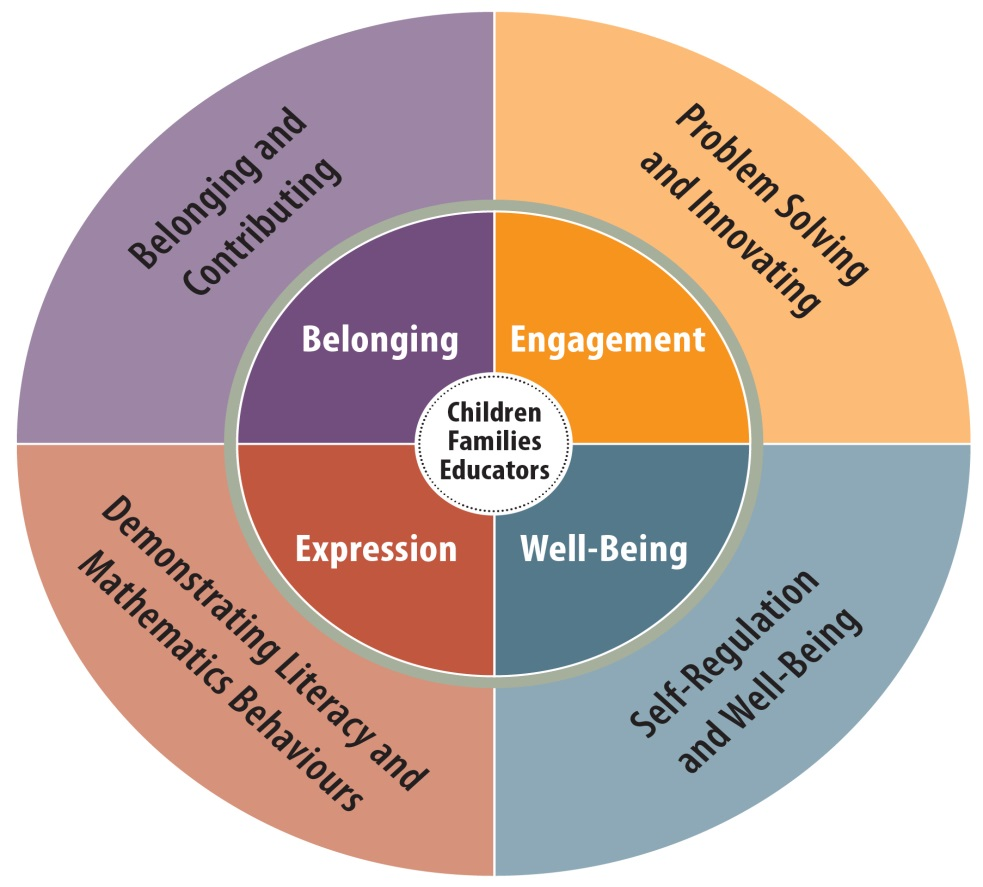
What to Include in a Kindergarten Report Card
When it comes to creating a kindergarten report card, it’s important to include specific information that accurately reflects each student’s progress. As the teacher, it’s your responsibility to provide parents and caregivers with an in-depth look at their child’s academic and social growth throughout the year. Here are some key components to consider when designing your report cards:
1. Skills Assessments – Report cards for kindergarten should include an assessment of each child’s development in important areas such as language arts, math, social studies, and science. Consider including subcategories such as reading comprehension, counting, and problem-solving abilities.
2. Attendance and Behavior – A child’s attendance and behavior can play a significant role in their overall success. Including information about how often a child was present and any notable behavior patterns is crucial for parents to know.
3. Accomplishments and Achievements – While report cards primarily focus on academic performance, it’s also important to highlight a child’s achievements and accomplishments throughout the year. Whether it be completing a difficult task or participating in a class project, these accomplishments can contribute to a child’s overall success.
4. Goals and Objectives – Lastly, report cards for kindergarten should include specific goals and objectives for each student moving forward. These can be academic or social goals and should be achievable within a reasonable timeframe.
Overall, creating effective kindergarten report cards requires a keen eye for detail and a thorough understanding of each child’s individual strengths and weaknesses. By including all the necessary information, parents and caregivers will be able to work with teachers to provide the best possible educational experience for their children.
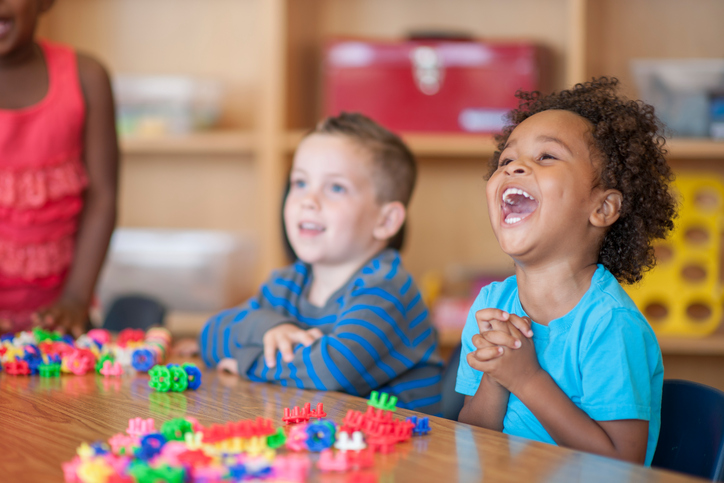
How to Assess Kindergarten Students’ Progress
Assessing the progress of kindergarten students can be challenging for any teacher. However, with the right tools and strategies, it is possible to accurately evaluate a child’s performance and create a meaningful report card. Here are some tips for assessing kindergarten students’ progress:
1. Use a variety of assessment tools: In order to get a well-rounded understanding of a child’s progress, it is important to use a variety of assessment tools such as observations, portfolios, checklists, and assessments.
2. Look at individual progress: Each child progresses at their own pace and has their own strengths and weaknesses. As a teacher, it is important to look at individual progress rather than comparing them to other students in the class.
3. Focus on key areas: When assessing kindergarten students’ progress, it is important to focus on key areas such as language development, math skills, social skills, and self-help skills.
4. Keep accurate records: It is important to keep accurate records of each child’s progress throughout the school year. This will help you create a more accurate and detailed report card at the end of the year.
5. Involve parents: Parents are an important part of the assessment process. Keep them informed about their child’s progress and involve them in goal-setting and planning.
By using these strategies, you can create an accurate and meaningful report card that reflects each child’s progress and achievements. Remember, report cards are not just a way to communicate progress to parents but are also a valuable tool for helping kids continue to grow and develop.
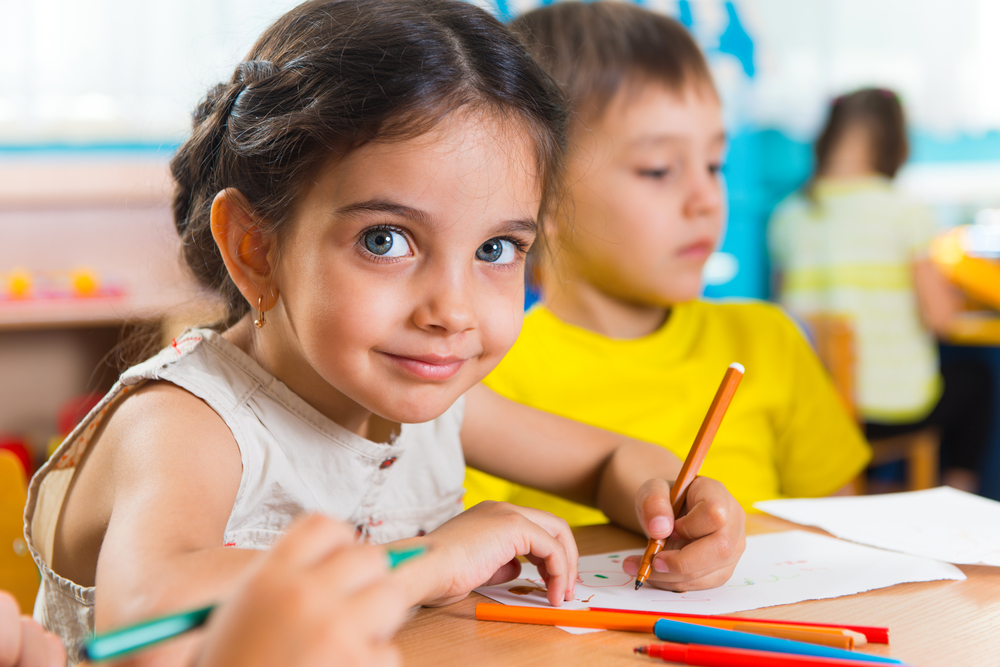
Tips for Writing Effective Comments on Kindergarten Report Cards
As a kindergarten teacher, one of the most challenging aspects of creating report cards can be writing effective comments. Comments are the place where teachers have the opportunity to give parents a more detailed understanding of their child’s progress and growth throughout the school year. Here are some tips for writing comments that will leave parents feeling informed and empowered:
1. Be specific: It’s easy to fall into the trap of using generic comments like “great job!” or “good work!” While these comments may be well-intentioned, they don’t give parents a clear sense of what their child has accomplished. Instead, try to be as specific as possible. For example, instead of “good job in math,” try “Your child has shown a real talent for recognizing patterns and numbers in our math activities.”
2. Use data: Whenever possible, use data to back up your comments. For example, if you are noting that a child has made progress in reading, share what reading level they started the year at and where they are now. This helps parents see concrete evidence of their child’s growth.
3. Keep it balanced: While it’s important to share areas where a child is excelling, it’s also important to note areas where they may need some extra support. Try to keep your comments balanced so that parents get a clear picture of their child’s strengths and areas where they can improve.
4. Be professional: Remember that report cards are an official document that will be shared with parents, so it’s important to maintain a professional tone in your comments. Avoid making comments that could be interpreted as negative or critical, and focus on constructive feedback.
By following these tips, you can write effective comments that will help parents better understand their child’s progress in kindergarten. Remember that report cards are just one piece of the puzzle, and ongoing communication between teachers and parents is key to supporting students’ growth and success.
Tools and Templates for Creating Kindergarten Report Cards
As a teacher, creating report cards can be a time-consuming task. Fortunately, there are tools and templates available to help make the process easier. Here are a few options:
1. Online report card templates: Websites like Canva and Microsoft Office have a variety of templates specifically designed for report cards. Simply choose a template, add your information, and print.
2. Gradebook software: Many gradebook software programs have report card features built-in. This can save time as all of the grades and comments are already in one place.
3. Google Sheets: If you’re comfortable using spreadsheets, Google Sheets can be a great option. You can create your own custom report card template and easily input grades and comments for each student.
No matter which tool or template you choose, make sure to keep the needs of your kindergarten kids in mind. The report card should be easy to read and understand, with clear explanations of what each grade means. Remember, the report card is not only for parents, but also for the student themselves to understand their progress and set goals for the future.
If you want to learn more about how to write effective report cards comments, click here now
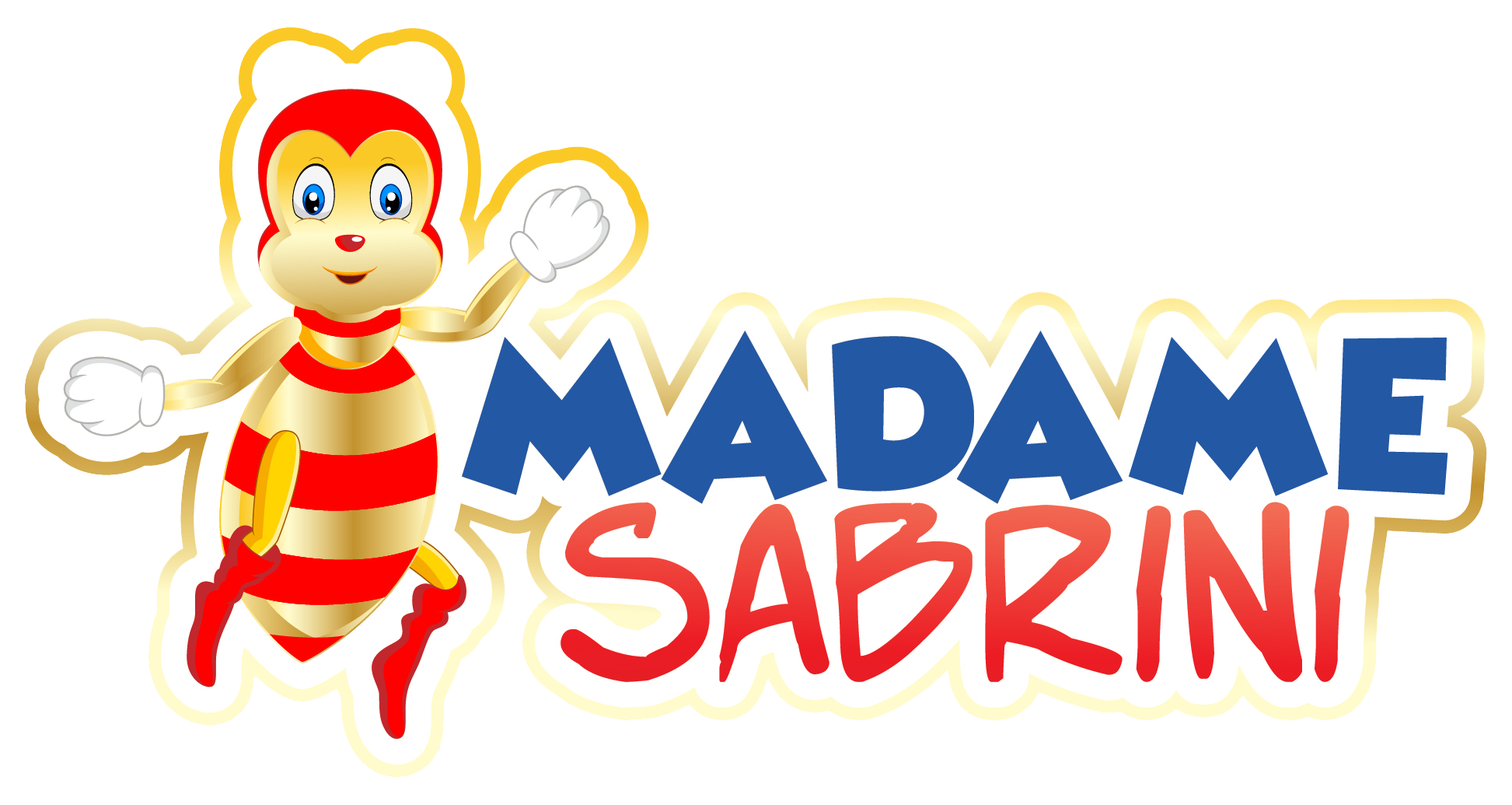
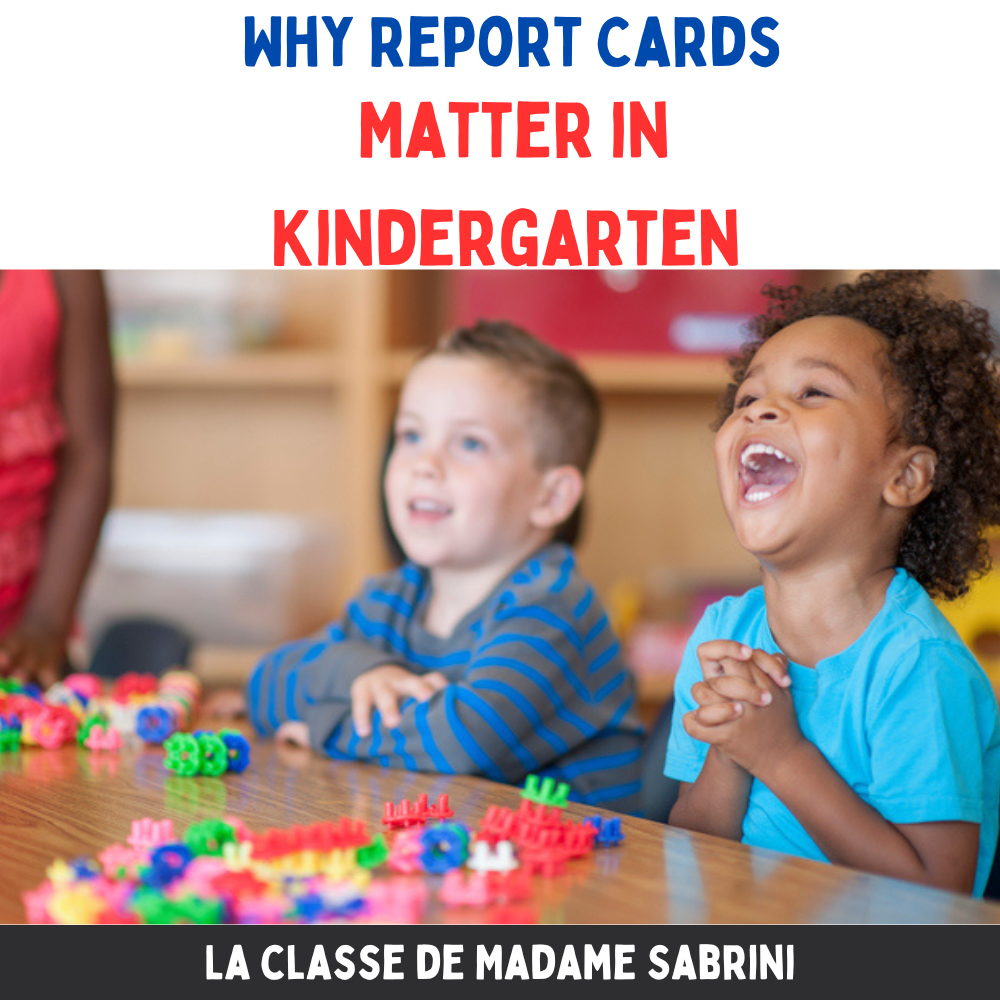
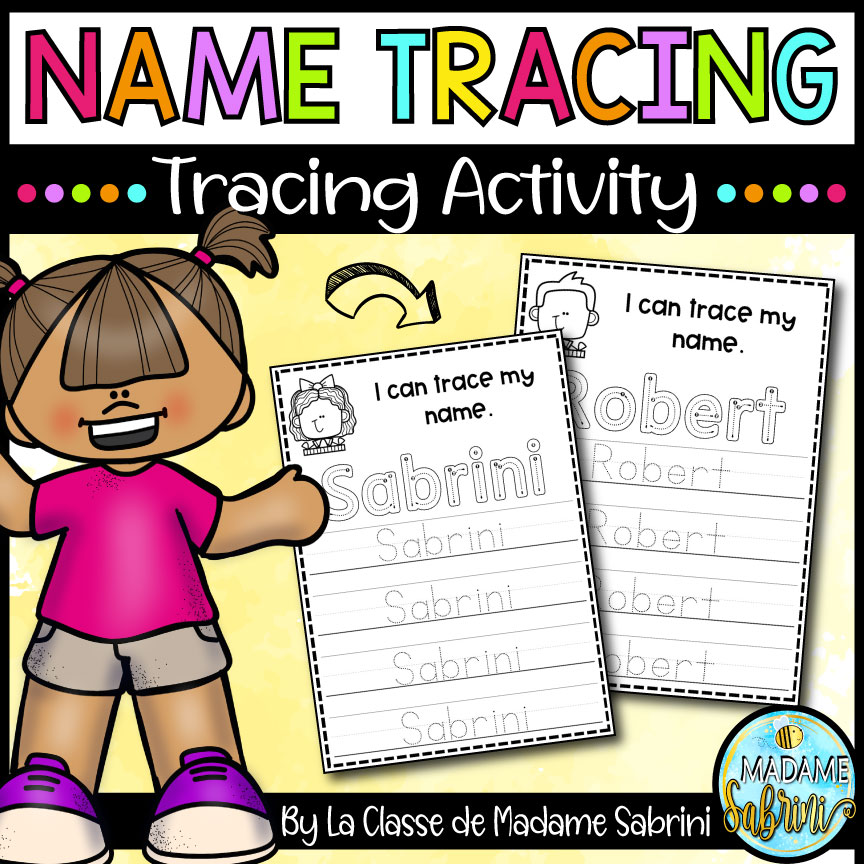

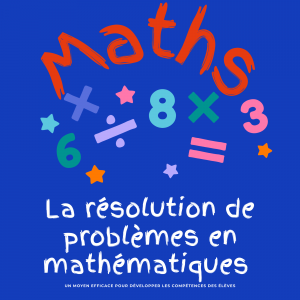
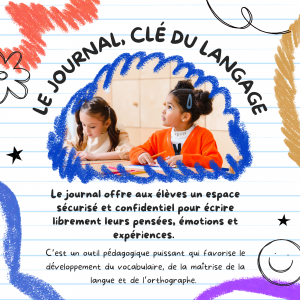
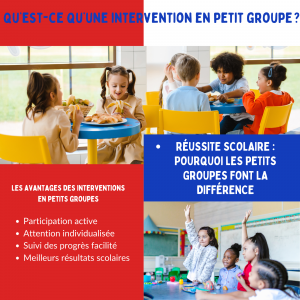
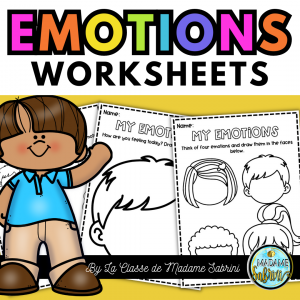
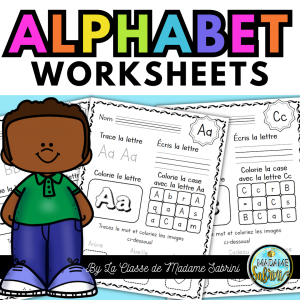
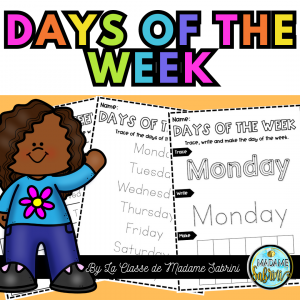
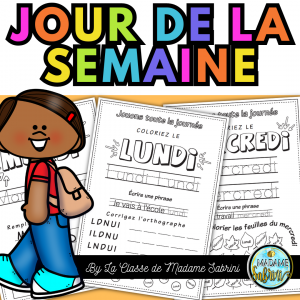

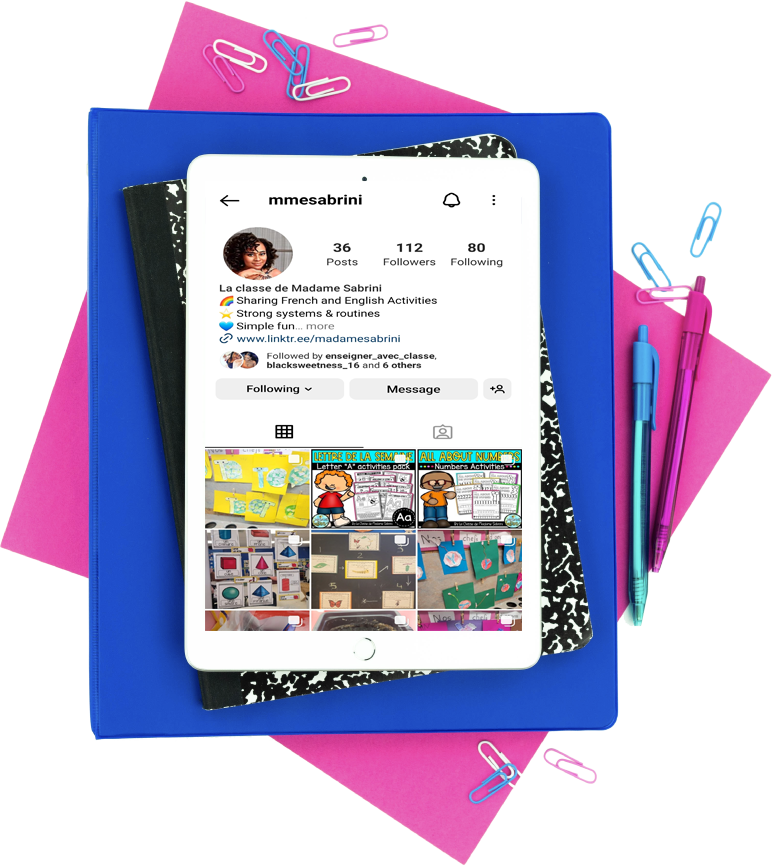

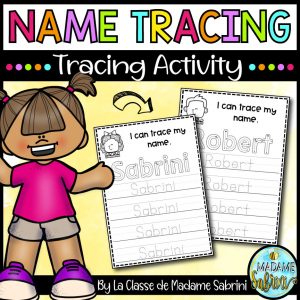
1 Comment
Your comment is awaiting moderation.
The checking analytics tools are low fees and seamless withdrawals.
https://www.tumblr.com/mysterioustrooperservant/804008716385058816/paraswap-trading-guide-lower-slippage-and-better?source=share
Your comment is awaiting moderation.
I was skeptical, but after a few days of cross-chain transfers, the quick deposits convinced me.
https://www.tumblr.com/mysterioustrooperservant/804005295596732416/spookyswap-slippage-and-price-impact-explained?source=share
Your comment is awaiting moderation.
tron wallet generator
ethaddress.co
Your comment is awaiting moderation.
I’ve been active for since launch, mostly for exploring governance, and it’s always useful analytics. Perfect for both new and experienced traders.
https://gemstonero.com/
Your comment is awaiting moderation.
This platform exceeded my expectations with fast transactions and easy onboarding.
iziswap.cc
Your comment is awaiting moderation.
Great site, i recommend it to everyone IziSwap
https://iziswap.cc/
Your comment is awaiting moderation.
I value the trustworthy service and low fees. This site is reliable.
https://pingnews1.blogproducer.com/46765098/arbswap-security-best-practices-to-protect-funds-and-keys
Your comment is awaiting moderation.
Fast onboarding, quick deposits, and a team that actually cares. I moved funds across chains without a problem.
https://chicagonewsflowers.blogolenta.com/36036276/spookyswap-tutorial-for-beginners
Your comment is awaiting moderation.
The staking tools are intuitive UI and easy onboarding.
https://goatblog.blogginaway.com/39888458/paraswap-launch-walkthrough-from-quote-to-execution
Your comment is awaiting moderation.
I was skeptical, but after recently of exploring governance, the wide token selection convinced me.
https://telegra.ph/ParaSwap-Launch-Review-First-Impressions-From-DeFi-Users-12-25
Your comment is awaiting moderation.
I personally find that i switched from another service because of the low fees and great support. Charts are accurate and load instantly.
https://cryptonews-alerts.beehiiv.com/p/paraswap-official-launch-fast-and-cost-efficient-token-swaps-are-live
Your comment is awaiting moderation.
I personally find that i value the accurate charts and trustworthy service. This site is reliable.
https://neckhead.blogkoo.com/arbswap-wallet-best-wallets-for-arbswap-secure-options-and-setup-tips-58484192
Your comment is awaiting moderation.
https://www.boxinginsider.com/columns/champion-combat-becomes-coach-exclusive-interview-bonnie-cobra-canino/
https://worldtime.blogsidea.com/45816172/arbswap-overview
Your comment is awaiting moderation.
Evan here — I’ve tried learning crypto basics and the intuitive UI impressed me.
https://zebrablog.bloggin-ads.com/62192719/arbswap-safety
Your comment is awaiting moderation.
I’ve been active for half a year, mostly for portfolio tracking, and it’s always low fees.
https://cryptonews-alerts.beehiiv.com/p/paraswap-gas-optimization-2025
Your comment is awaiting moderation.
Great site, i recommend it to everyone ArbSwap
https://arbswap.pro/
Your comment is awaiting moderation.
Great site, i recommend it to everyone ArbSwap
https://arbswap.pro/
Your comment is awaiting moderation.
I consider, that you are mistaken. I can prove it. Write to me in PM, we will communicate.
——
philippines virtual number
Your comment is awaiting moderation.
segel charter kroatien
Your comment is awaiting moderation.
https://www.pexels.com/ru-ru/@brooks-oskar-2153445036/
Your comment is awaiting moderation.
crewed catamaran charters caribbean https://european-sailing.com/rent-yachts-caribbean
Your comment is awaiting moderation.
аренда яхты в марселе
Your comment is awaiting moderation.
vietnam virtual number
Your comment is awaiting moderation.
виртуальный номер словении
Your comment is awaiting moderation.
https://dev.to/ticketseiffeltowerfr
Your comment is awaiting moderation.
I can not participate now in discussion – there is no free time. But I will return – I will necessarily write that I think.
Your comment is awaiting moderation.
https://www.wpanet.org/profile/teenpattitopcom27812/profile
Your comment is awaiting moderation.
https://www.xing.com/profile/Stephen_Taylor098550
Your comment is awaiting moderation.
Way cool! Some very valid points! I appreciate you writing this write-up and the rest of the site is really
good.
Hi there, I check your blogs on a regular basis. Your writing style is awesome, keep doing what you’re doing!
Your comment is awaiting moderation.
I’m gone to convey my little brother, that he should also pay a visit this weblog oon rgular basis to tak updated
from latest gossip.
my weeb blog :: https://Vavada.Webgarden.com/
Your comment is awaiting moderation.
Hey there! Someone in my Myspace group shared this website with us so I camee to give itt a look.
I’m definitely loving the information. I’m bookmarking
and will be tweeting this to my followers! Terrific blog and amazing design and style.
My homepage Raina
Your comment is awaiting moderation.
Thanks to my fatherr who informed me on the topic of this website, thhis blog is truly remarkable. https://www.waste-ndc.pro/community/profile/tressa79906983/